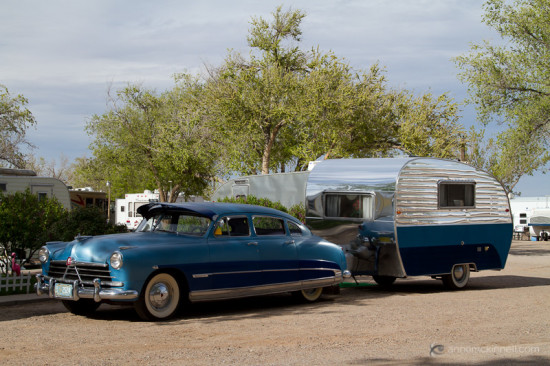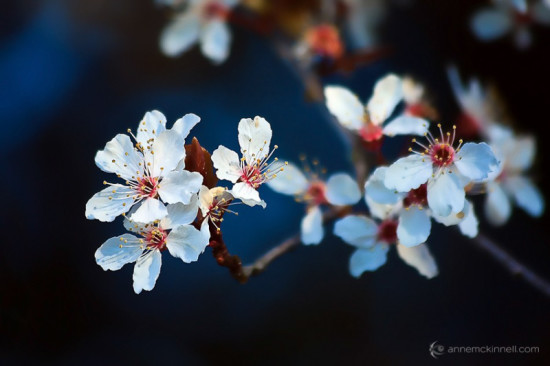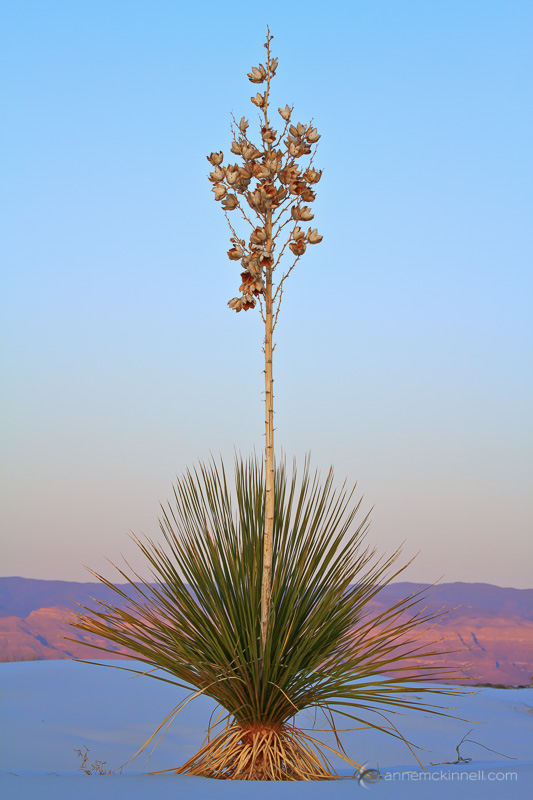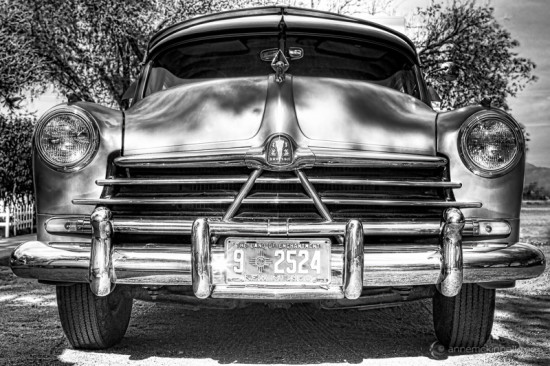5 Ways to De-Clutter Your Compositions
You’ve probably heard a number of “rules” of photography composition such as the rule of thirds, leading lines, and adding foreground interest. But there is one other simple guideline that you can apply to all of your compositions that will help raise the quality of your photos to a new level: de-clutter!
Simple compositions with only a few elements tend to have more impact than photos that include too much.
In one way photography is the exact opposite of painting. A painter begins with a blank canvas and starts adding things to it. The photographer on the other hand starts with a scene in front of them and must figure out which elements to remove to make a good image. If you try to include everything it could result in a complicated mess and no one will know what your subject is or what you are trying to say.
Here are 5 techniques you can use to help simplify your compositions:
1. Change Your Perspective
When you have unwanted elements in the background of your scene, you can often change your perspective to eliminate them from the frame. Try moving closer to eliminate something on the edge, angle your camera to the left or right, or you can try using a low angle to hide something behind the main subject.
2. Blur the Background
You can use a wide aperture such as f/2.8 or f/5.6 which will give you a shallow depth of field and blur elements in the background. This works best when there is some distance between your main subject and the background.
Because of the wide aperture used on this photo of cherry blossoms, the house behind them is not distracting.
3. Convert to Black and White
If there are elements in the scene that are brightly coloured and distracting attention away from the main subject, you can try converting the image to black and white.
4. Check the Edges
When you are creating your compositions, check the edges of the frame to make sure there is nothing touching the edge that can be avoided (either include it all or exclude anything that touches the edge) and nothing poking in to the scene from outside the frame, such as dead tree branches.
5. Clone it Out
Sometimes clutter is unavoidable when you have something sticking in from the edge or a few items in the background that you would prefer were not there. This is when your post-processing skills will come in handy to remove items after the fact using the clone tool or healing brush.
When I came across this vintage car and trailer in New Mexico I was excited about the subject, but the problem was what to do with the other RVs in the background.

I used the first three techniques mentioned above:
- I changed my perspective and used a low angle to hide the offending elements that were in the background. Unfortunately I had to sacrifice the trailer in the composition to make this happen.
- I used a wide open aperture to make the background appear slightly out of focus which helped to de-emphasize it.
- I converted the image to black and white so the bright green trees in the background did not distract the viewer’s attention from the car.
One approach you can take when you get to a scene is to start out wide making an image that includes just about everything. That will be your starting point. Then, think about what it is in the scene that got your attention and made you want to photograph it. What is most important? Start focusing your attention on that single element and exclude anything that doesn’t contribute to it. Keep in mind that everything in your frame should be important to what you are trying to convey in the image. If it isn’t contributing, then it is distracting. Get closer and closer to the important elements, either with a telephoto lens or with your feet, paying particular attention to the background and anything that touches the edge.
Whether you do it in camera or in post-processing, de-cluttering your composition will help you create images with greater impact.












